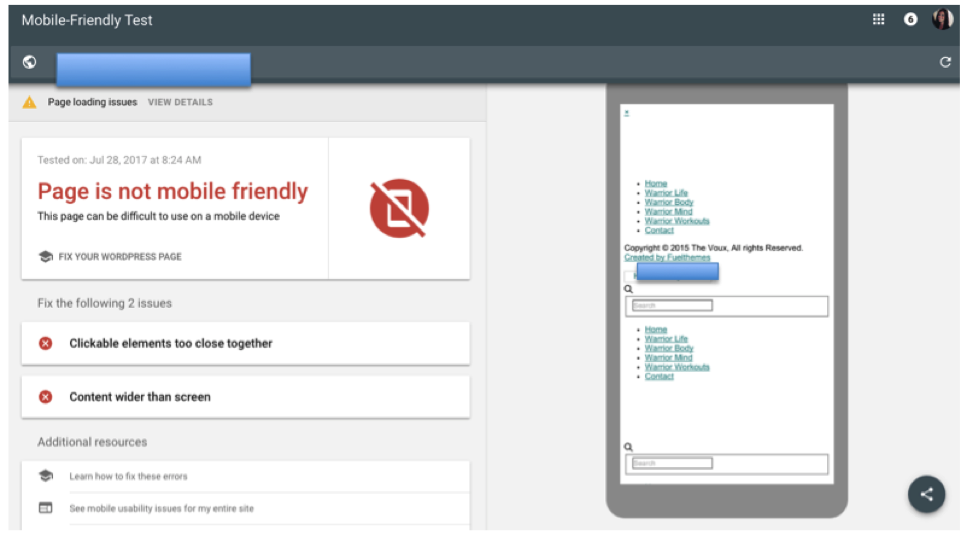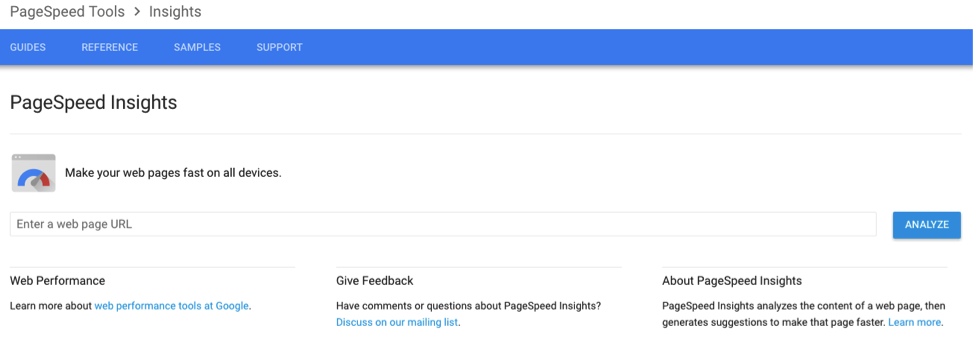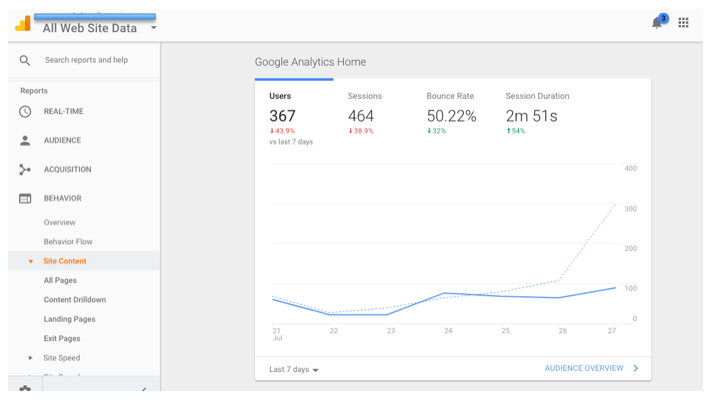The Internet has evolved tremendously since its inception, and with this change, the way we use the Internet to find information has changed. We know that search engines like Google and Bing use keywords to determine which information they’ll share with their users, but Google and other search engines have gotten smarter. Their algorithms are no longer looking for keyword stuffed websites. In fact, since the Panda update in 2011, Google has changed the way it ranks websites. And keywords are no longer at the top of the totem pole.
There are other important factors that come into play when you’re optimizing your website for search engines. We’re here to show you why SEO is more than just plugging in keywords and hoping users find your website.
Quality is King
Gone are the days of niche websites that brought in traffic because of their dense keywords. Google has implemented updates that reward websites with high-quality content versus those who are simply looking to spam users. Take a look at the Fred update that came out earlier this year. Webmasters and SEO professionals noticed serious downward spirals in their website traffic after this update. The conclusion? That 2017’s Fred was targeting websites with poor content.
Ultimately, Google would rather its users find useful information. The only way to accomplish this task was to reward websites with quality content. But what’s considered good content?
There are plenty of theories among marketers. However, Google has made it pretty easy for us to find out. They’ve created a set of quality guidelines to help you craft content that’s useful to your users. In fact, they clearly state that webmasters should “avoid tricks intended to improve search engine rankings.” So those posts that are full of garble but a lot of high ranking keywords? Probably not helping your SEO strategy. While no one knows for sure how the algorithm works, following the guidelines should be all any company needs.
Get Mobile Friendly
Between 50 and 60% of searches are done on a mobile device. That means that users are most likely searching for your website on their mobile phone or tablets. If your website isn’t easily accessible or optimized for a mobile device, they’re going to look elsewhere. This kills your bounce rate and lessens your chance of ever making a sale.
This is such an important part of SEO that most web hosting platforms, like Weebly and others, make sure you’re able to easily create a mobile friendly website. Not sure if your current website needs a makeover? Take a look at Google’s simple tool to double check.
We’ve plugged in our website to give you an example. Here’s what Google told us (we’ll be honest, we knew they would say that!):
Pretty easy right? Below is an example of a website that wasn’t mobile friendly. As you can see, if there are any issues with your page, Google will give you all the details. You’ll even get some additional resources to help you out. Another helpful feature is Google’s txt testing tool. This lets you know whether or not your mobile website is easily accessible by Googlebot. Below is an example of a test we ran that didn’t go so well:
Watch Your Speed
We’re talking about your website speed, of course. Have you ever been to a website that took forever to load? We can bet that you immediately clicked your browser’s back button and looked elsewhere for information. The truth is, we all want information given to us as fast as possible. Statistics show that users aren’t willing to wait—40% of users will leave a website if they have to wait longer than three seconds for it to load. Google is even offering AMP (Accelerated Mobile Page) for users to access articles even faster, straight from their phones. See how nicely this ties into your mobile friendliness?
Want to know how fast your website is? Take a website speed test, such as Google PageSpeed Insights.
Enter your website into the tool and it will run a website speed test. You’ll get grades based on your website’s content as well as some suggestions on how to improve speed. Below is an example test we ran on a website that needs a little bit of help:
Get Engaged
Get engaged…with your users, that is. User engagement is proving to be an important factor in ranking. Remember that Google is focusing more and more on the user experience, rather than how many keywords you can fit on a page.
This is one of the trickier facets of SEO. You’ll need Google Analytics to check your metrics. Why are your users leaving your site? What’s your bounce rate? There are plenty of tools you can use to determine how your site’s visitors think. Never underestimate the power of Big Data in relation to how high your website ranks.
When looking at your metrics, focus on these key areas:
- Click-through rate
- Bounce rates
- Conversion rates
- Time on site
Not sure where to start? A quick search of “heat maps” will lead you in the right direction. For example, CrazyEgg.com is one of the more popular tools that marketers and webmasters use to determine why users leave their website. Of course, Google Analytics is always a helpful tool to discover your bounce and conversion rates (as shown below). This takes a little investigation, but finding out exactly what’s making your users leave will help you optimize your site for a better user experience.
The Takeaway
Keywords aren’t dead—at least not yet. They’re still a determining factor that Google and other search engines use to determine which content to load first. They also help your users find exactly what they’re looking for. However, there’s much more to good SEO than sprinkling in keywords. SEO has become a science of sorts, complete with hypotheses and tests. While it may sound like black magic, a good SEO strategy is just that—a plan. Finding a keyword, planting it within your website, and hoping you rank high simply won’t work. Set a strategy, and focus on other areas of SEO and you’ll notice the difference.
What would you add to the list? What success have you had in SEO that doesn’t involve keywords? Let us know your thoughts in the comment section below.







